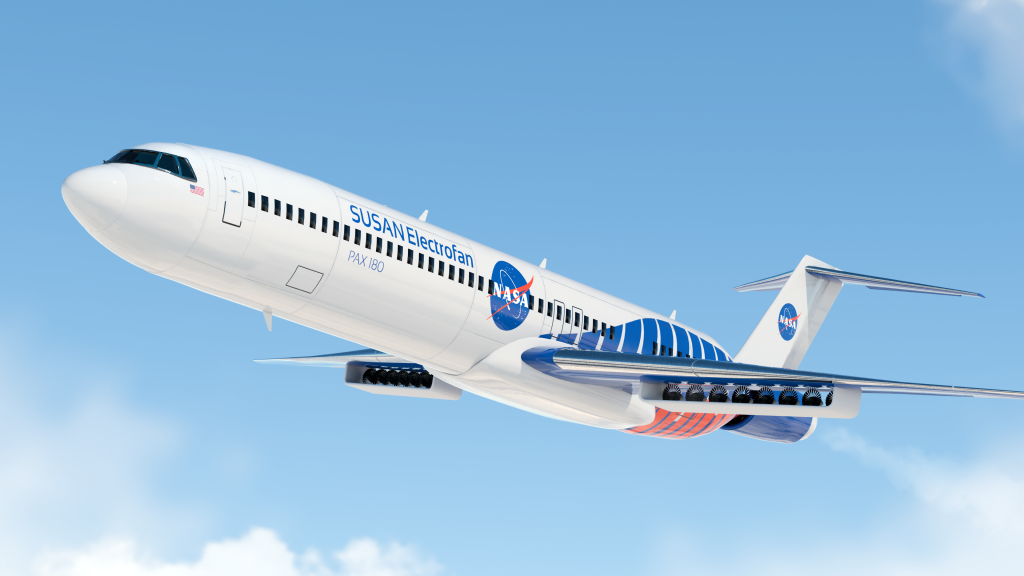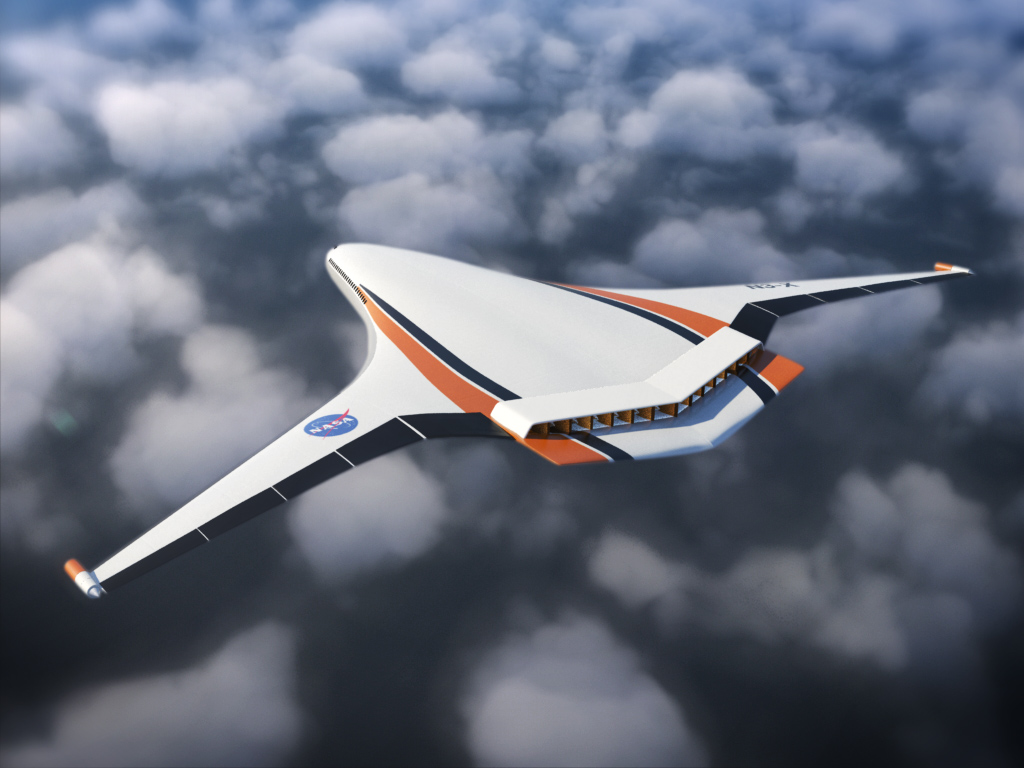Marvin Rocker is an aerospace engineer with a Master and Bachelor of Science degree in aerospace engineering from University of University of Cincinnati and has worked at NASA Marshall Space Flight Center for 34 years.
What is your job and how do you support the NASA mission?
In the Fluid Dynamics Branch, I’m on the Unsteady Flow & Acoustic Environments Team where I assist in the performing of combustion stability predictions for experimental rocket engines. Then, I assist in reviewing the test data of those rocket engines to verify the pre-test predictions. Upon verifying the stable combustion of an experimental rocket engine, it may be eligible to be deployed on a NASA mission such as Space Launch System and/or the Human Landing System.
Who or what inspired you to choose your career and why?
My dad, who is now deceased, inspired me to pursue engineering. He was a Korean War veteran and a postal worker, who loved technology. He had a certificate in TV & Radio repair, was into CB radio, and later Ham radio, with numerous Ham radio licenses from the Federal Communications Commission.
When I was 12 years old, he taught me Morse code and inspired me to earn two Ham radio licenses from the FCC. My dad was fascinated with aircraft. He took my family on numerous trips to the U.S. Air Force Museum at Wright-Patterson Air Force Base in Dayton, Ohio, less than an hour drive from my hometown of Cincinnati. My favorite plane on display at the Museum was the futuristic XB-70 Valkrie.
As a kid, I grew up watching Apollo Moon Missions and Star Trek. I’m still a “Trekkie” and a science fiction fan to this day. So, working at NASA is a dream job.
What do you find most rewarding about being an engineer with NASA?
I find several reasons that are rewarding about being an engineer. The first one is bearing the unofficial title of “NASA rocket scientist.” As a rocket scientist, I get to talk “technobabble” like Spock and Scotty from Star Trek, except the technobabble is real math and physics. Next, being a team member of the government agency that took the laws of physics and built a system that placed men on the Moon is very rewarding.
It’s also really gratifying being a member of an agency that, in the near future, will place men and women on the Moon, and within my lifetime, will place women and men on Mars. Finally, I find it fulfilling working with nuclear engineers, at the Department of Energy, on “breakthrough” propulsion technology, such as Nuclear Thermal Propulsion, as a candidate for the Mars mission.
What do you find most challenging about your job?
It can be difficult meeting, in a timely fashion, the challenges that our President, Administrator, management, and customers present to us, using the STEM tools learned in college and grad school. When we suffer setbacks, we recover, we figure out a remedy, implement the remedy, and rejoice at the success of the remedy. Continuing to keep up with the STEM (science, technology, engineering, and math) tools as they evolve with time is also challenging.
What do you enjoy doing outside of work?
I’m a Bible enthusiast, going to church at the Oakwood University Seventh-Day Adventist Church. Also, I’m a member of the North Alabama Country Dance Society, going to dances, featuring live folk music and Celtic music bands (pre-pandemic). I enjoy classical music by Bach, Beethoven, Brahms, and others, when I have attended concerts by the Huntsville Symphony Orchestra.
I also enjoy listening to Rock, R&B, Hip-Hop, Disco, Reggae, etc. I’m a National Rifle Association marksmanship enthusiast and political enthusiast. At wedding receptions, I like doing the line dance known as “the electric slide.”
Do you think diversity and inclusion are important for NASA to achieve success?
Inclusion of diversity into NASA is to recognize, in practice, that America is not a nation of just white men, but also a nation of people of color, women, persons with disabilities, and people who are part of the LGBTQ community.
When Producer Gene Roddenberry produced the 1960’s TV science fiction series Star Trek, he envisioned the crew of the starship USS Enterprise to not only have a white man as the captain, but a Vulcan as the first officer, an Asian as the helmsman, a Russian as the navigator, a Scotsman as the chief engineer, and last, but not least, a Black woman as the communications officer. During the 1960s, this racial and cultural diversity was as much science fiction as the starship Enterprise’s warp drive that propelled the starship, and its crew, into adventures at speeds hundreds, even thousands of times the speed of light.
As Star Trek has inspired NASA to name its glide test version of the space shuttle Enterprise, NASA has also been inspired to include Blacks as well as whites, women as well as men, and all manner of diversity into its ranks. These ranks include astronauts, engineers, managers, technicians, and agency administrators. In turn, NASA has inspired the Star Trek franchise to name its latest starship after the fourth space shuttle.
The Star Trek franchise, consisting of the TV original series, five spinoff TV series, and a dozen movies, all spanning 54 years, has evolved from a Black woman being a communications officer on the starship Enterprise to a Black woman becoming captain of the new starship USS Discovery. Additionally, the crew of the starship Discovery includes a gay married couple.
Let the mutual inspiration between NASA and the Star Trek franchise continue to drive the inclusion of diversity, both real and imagined.
In February, we celebrate Black History Month. Who has inspired you the most in Black history and why?
- Dr. Martin Luther King, Jr. Dr. King was a Christian preacher and Southern Christian Leadership Conference activist who spoke truth to power in the White House and gave his life in the non-violent pursuit of civil rights for Black people of my parent’s generation and all of the generations that followed.
- El-Haij Malik El-Shabazz aka Malcolm X. As a maligned and unsung hero, Malcolm X was an Islamic preacher and activist who also spoke truth to power via the media and on college campuses. He confronted power with power and gave his life in the “by any means necessary” pursuit of civil rights for Black people of my parent’s generation and all of the generations that followed.
- Congressman John Lewis. Congressman Lewis was a youth Student Nonviolent Coordinating Committee activist who worked side by side with Dr. King in the non-violent pursuit of civil rights for Black people. Congressman Lewis’ pursuit of civil rights led him into the halls of Congress, where he served, spending his long life speaking truth to power.
- The US Army Air Corps 332nd Fighter Group aka the Tuskegee Airmen. During World War II, the Tuskegee Airmen, the first all-Black fighter group, flying their advanced, propeller-powered P-51 Mustang fighters, with the tail of their P-51’s painted with the trademark red paint, defied the expectations of their white critics in the Pentagon and Congress by not only safely escorting the American bombers, piloted by white men, to their targets in Nazi Germany, but out flying and shooting down the first-of-their kind German jet fighters, while protecting the bombers.
What advice would you give young people who might be interested in pursuing a career in STEM (science, technology, engineering, and math)?
Develop a fearless attitude in taking on science, technology, engineering, and math classes in high-school and college. The tougher the class, the more fearless the attitude should be. Be determined to master the class.




























